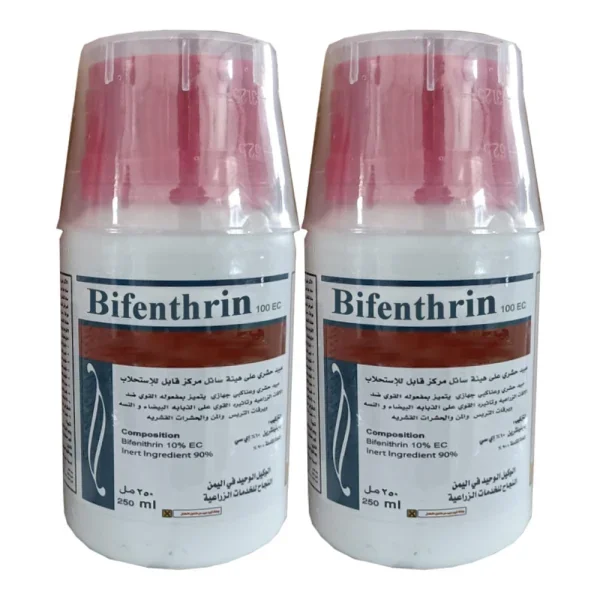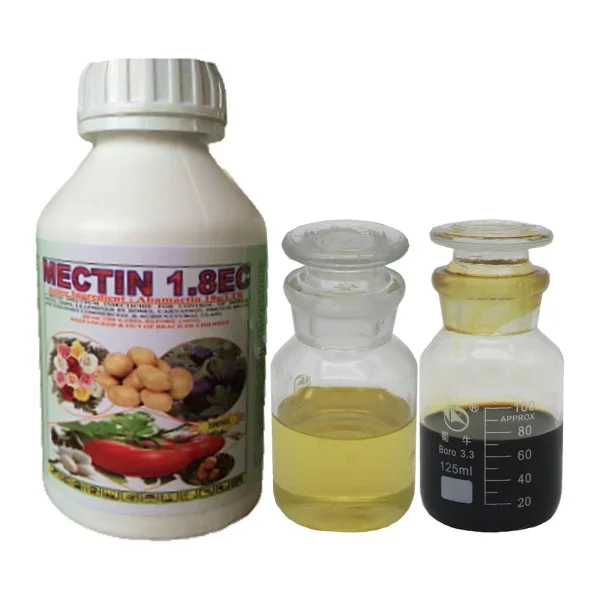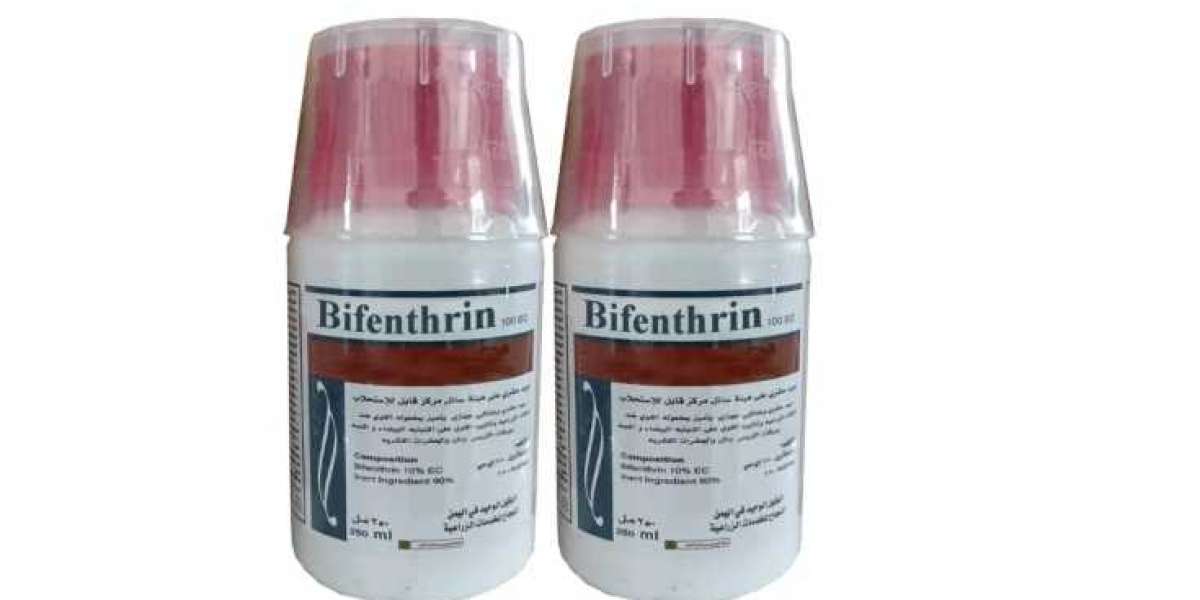Spraying pesticides is an essential practice for farmers and gardeners alike, helping to protect crops from destructive pests. However, choosing the right time period for pesticide application is crucial to ensure its effectiveness and minimize any potential risks. With so many factors at play, it can be overwhelming to determine the optimal timing.In this blog post, we will explore the key considerations that go into deciding when to spray pesticides. From weather conditions and crop growth stage to pest life cycles, we'll uncover all the secrets you need to know in order to make informed decisions about pesticide application timing.
Factors to consider when choosing a time period for spraying pesticides
Timing is crucial when it comes to spraying pesticides on crops. The right time can maximize the effectiveness of the treatment, while the wrong time may result in wasted resources and reduced pest control. To ensure optimal results, several factors need to be considered before deciding on the appropriate time period for pesticide application.
Weather conditions play a significant role in determining when to spray pesticides. Rainfall shortly after spraying can wash away the chemicals, rendering them ineffective. Therefore, it is important to choose a time period with minimal chances of rain or heavy winds that could disperse the pesticides off-target.
Temperature also plays an essential role in pesticide efficacy. Some pesticides work best under specific temperature ranges as they are more easily absorbed by pests or plants during certain stages of their development. It is crucial to understand these temperature requirements and select a suitable time period accordingly.
Furthermore, considering crop type and growth stage is imperative when deciding on a spraying schedule. Different crops have varying susceptibility levels to pests at different stages of growth. For instance, young plants may be more vulnerable compared to mature ones. Understanding this dynamic will help determine when pests are likely to cause damage and hence decide on an appropriate timeframe for pesticide application.
Additionally, understanding pest life cycles is critical in choosing the correct timing for spraying pesticides effectively. By identifying key points in their life cycle such as egg laying or larval emergence periods, farmers can target those specific times with pesticide applications that will have maximum impact on controlling pest populations.
In conclusion , selecting an appropriate time period for spraying pesticides requires careful consideration of multiple factors such as weather conditions, temperature requirements of each pesticide formulation or crop type's developmental stage along with knowledge about pest life cycles; all working together synergistically towards achieving optimum results without any compromise made whatsoever!

The importance of weather conditions and temperature
When it comes to pesticide spraying, weather conditions and temperature play a crucial role in determining the effectiveness of the application. The right weather conditions can enhance the efficacy of pesticides, while unfavorable conditions may render them ineffective or even harmful.
Temperature is an important factor to consider as it affects both pests and pesticide performance. Certain pests are more active at specific temperatures, so applying pesticides when they are most active increases their chances of being targeted effectively. Additionally, high temperatures can accelerate the degradation of certain pesticides, reducing their effectiveness over time.
Weather conditions such as wind speed and direction also greatly impact pesticide spraying. Windy days can cause drift, where the sprayed particles spread beyond their intended target area and potentially harm non-target organisms or contaminate water sources. On the other hand, calm days allow for better control over spray drift and ensure that the desired areas receive adequate coverage.
Rainfall is another critical aspect to take into account. Applying pesticides just before heavy rainfall can lead to runoff, where the chemicals are washed away before they have a chance to work effectively on pests. It's best to avoid spraying during rainy periods or wait until after rainfall has subsided for optimal results.
Understanding how weather conditions and temperature influence pesticide application is essential for successful pest management strategies. By considering these factors carefully when choosing a time period for spraying pesticides, farmers can maximize efficacy while minimizing potential risks associated with improper application techniques.
How crop type and growth stage affect pesticide application timing
Crop type and growth stage play a crucial role in determining the optimal timing for pesticide application. Different crops have different vulnerabilities to pests, and their growth stages can influence how effective pesticides will be.
For instance, some crops are more susceptible to certain pests during specific growth stages. For example, young seedlings may be more vulnerable to insect attacks compared to mature plants. Therefore, it's important to consider the growth stage of the crop when deciding when to apply pesticides.
Furthermore, different types of crops may have varying tolerance levels for certain pesticides. Some crops may be more sensitive or resistant to particular chemicals than others. Understanding these differences is essential in selecting the right time period for spraying pesticides.
Additionally, considering the life cycle of pests is vital in determining when to apply pesticides. Some pests have distinct seasonal patterns and are more active during specific periods. By aligning pesticide applications with their peak activity times, we can maximize effectiveness while minimizing environmental impact.
Taking into account crop type and growth stage is crucial in determining when to spray pesticides on your fields. By understanding these factors and tailoring our approach accordingly, we can achieve better pest control outcomes while promoting sustainable farming practices.

The life cycles of pests and their susceptibility to pesticides
The life cycles of pests play a crucial role in determining the best time period for spraying pesticides. Understanding these life cycles can help farmers and gardeners effectively manage pest populations without causing harm to beneficial insects or the environment.
Pests go through various stages of development, from eggs to larvae to adults. Each stage has its own vulnerabilities and susceptibilities to pesticides. By targeting specific stages in the pest's life cycle, we can maximize the effectiveness of pesticide applications while minimizing their impact on non-target organisms.
For example, some pests are more susceptible as larvae or nymphs before they reach adulthood. Spraying pesticides during this vulnerable stage can significantly reduce their population and prevent further damage to crops. On the other hand, applying pesticides when pests have already reached adulthood may have limited efficacy since they are less susceptible at this stage.
It is also important to consider the timing of pesticide application based on the emergence patterns of pests. Some pests have distinct peak periods when they are most active or reproduce rapidly. Targeting these peak periods with well-timed pesticide sprays can disrupt their life cycle and prevent infestations from spreading.
Furthermore, certain pests may exhibit resistance to certain types of pesticides over time. This highlights the importance of rotating different classes or modes of action when choosing which products to use and when to apply them. By alternating between different chemical groups, we can avoid building up resistance in pest populations and maintain long-term control.
Understanding the life cycles of pests is essential for determining the optimal time period for spraying pesticides. By considering factors such as vulnerability during specific developmental stages, emergence patterns, and resistance management strategies, farmers and gardeners can effectively manage pest populations while minimizing environmental impacts.

Conclusion
Choosing the right time to spray pesticides is critical to ensuring effective pest control and maximizing crop yields. Several factors need to be considered when determining the best time, including weather conditions, temperature, crop type and growth stage, and the life cycle of the pest.
Understanding the pest life cycle is critical to successful pest management practices. Pests go through different stages of development throughout their life cycle, such as egg-laying or larval feeding. By targeting specific vulnerable stages with appropriate pesticides, pest populations can be effectively destroyed.
By carefully choosing the appropriate pesticide application time period based on these factors and knowledge of the pest life cycle; the farmer or gardener can achieve better results in protecting crops from harmful pests while maintaining environmental sustainability.
AGROGREAT GROUP is one of the most professional pesticides manufacturers in China. And the products mainly include herbicides,fungicides, insecticides and plant growth regulator. and including the formulation type SL, EC, SC, FS, WP, WDG, CS, SP and so on.
Welcome to contact us or browse our website, and find you need.
Email:lisa.chen@agrogreat.com
Website:www.agrogreat.cn








